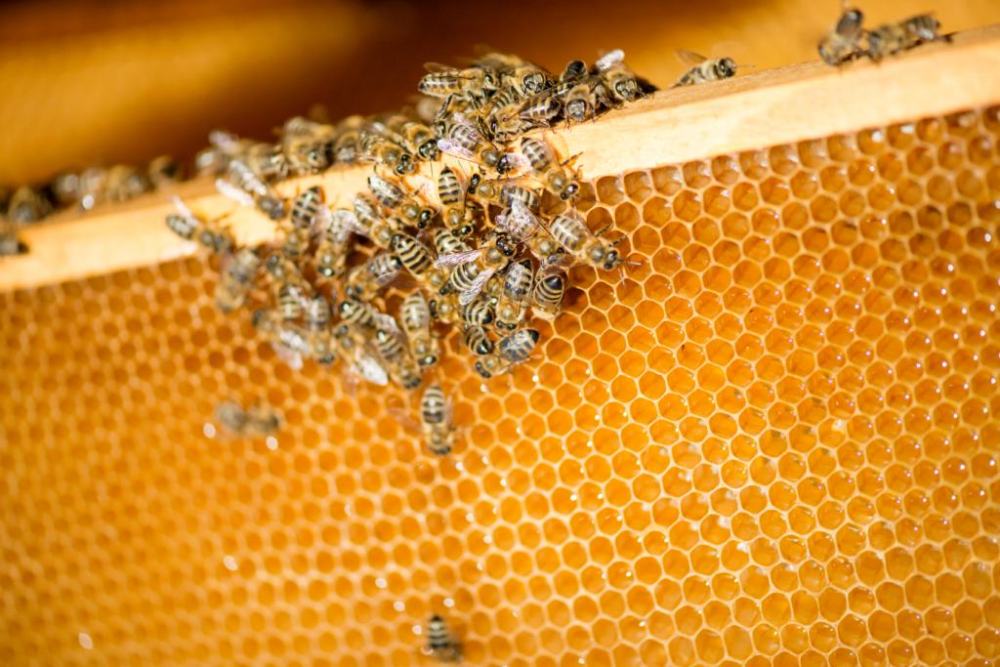 🖨️ Print post
🖨️ Print post
Beekeeper and teacher Leo Sharashkin sheds light on all things “bee” in this conversation. Leo holds a degree in Forestry from the University of Missouri and teaches natural beekeeping at his apiary and around the world. He homesteads in the Ozark, Southern Missouri, where he catches wild honeybee swarms.
Today, Leo offers his theory on why we have a dying bee population, what wild beekeeping looks like, his horizontal hive invention, and why not all honey on the shelves is true honey.
Notes:
Highlights from the conversation include:
- The differences between conventionally-raised bees and wild bees from their natural habitat
- How mono-crops affect pollination and bee health and our own health
- How monocrops and bee breeding contribute to the “colony collapse disorder”
- How almost all beekeepers today feed their bees sugar water, instead of allowing them to live on pollen and honey (their natural diet)
- How science supports a more wild form of beekeeping
- Horizontal hives versus a vertical hive box arrangement
- How a misattributed quote has influenced our understanding of humanity’s dependence on bees
- Why buying honey from a local beekeeper can assure a pure honey product
- How planting a tree helps keep local bee colonies thriving
- Between 2/3 and ¾ of honey consumed in the U.S. today is from China
- The issue of honey adulteration and how it saves money for producers & packers
- How pesticides end up in our honey
- Why it is more economical to “keep bees the lazy way”
- How conventional beekeeping is not unlike conventional livestock raising
- Lessons we can learn from bees about community and the use of natural resources
Resources:
Leo’s website – Horizontal Hive = horizontalhive.com
You Tube – “Local Honey Bee Strains and Feral Swarms”
https://www.youtube.com/watch?v=Sdr1iRrjA5I
Book with Leo as editor – “Keeping Bees with a Smile”
Tom Seeley’s book – “The Lives of Bees: The Untold Story of the Honeybee in the Wild”



Leave a Reply